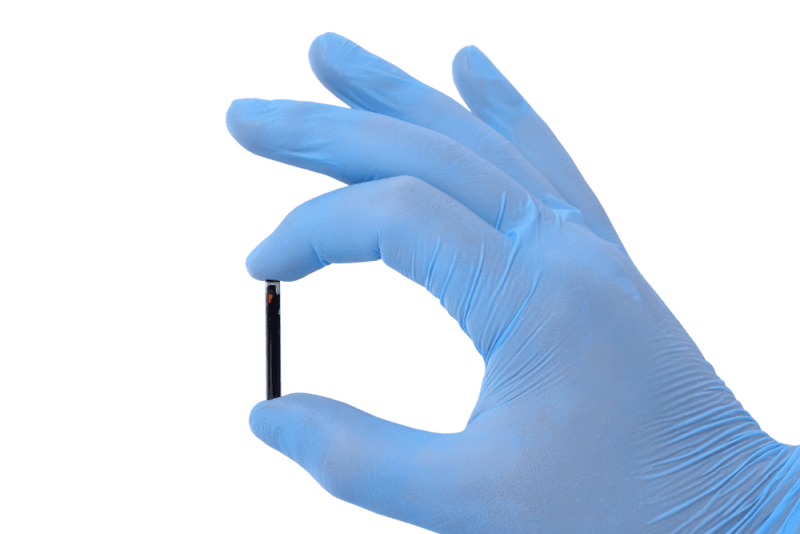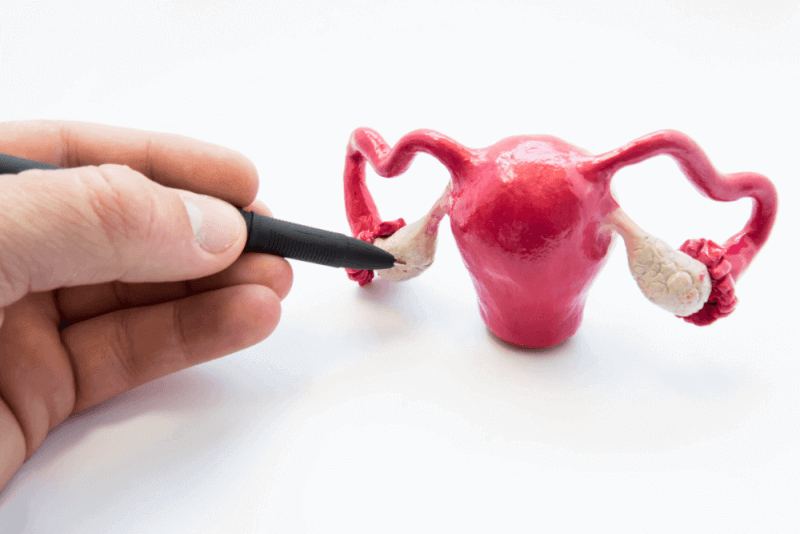What is a subdermal implant (rod)?
Birth control implants are one of the long-term birth control methods. This implant, which is the size of a matchstick and flexible, prevents pregnancy by releasing a low level of progestin hormone. Progestin stops ovulation. It also thickens the mucus in the cervix, making it harder for sperm to reach the egg. This hormone also causes the uterine wall to thin, making it difficult for the egg to attach to the uterus even if it is fertilized.
What does a subdermal implant (rod) do?
It is designed to provide long-term birth control. With the removal of the implant, fertility returns, making it suitable for those who have not completed their family planning.
Who is the subdermal implant (rod) suitable for?
Subdermal implants are suitable for women of all ages who are of childbearing age and have an active sexual life.
Who is the subdermal implant (rod) not suitable for?
In the presence of the following conditions, it is recommended to use a different birth control method.
- Allergy to any part of the implant
- Experiencing bleeding outside of normal menstrual periods that cannot be controlled
- History of serious blood clots
- Previous heart attack
- History of stroke
- History of breast cancer or the possibility of having breast cancer
- Liver tumors
- Liver disease
Additionally, if any of the following conditions are present, it is necessary to inform the doctor.
- Seizures and epilepsy
- High cholesterol or high triglycerides
- High blood pressure
- Gallbladder disease
- Diabetes
- Depression
- Allergy to anesthesia drugs or antiseptics
How is a subdermal implant (rod) inserted?
The application of the subdermal implant takes only a few minutes and is performed in an outpatient setting. During the procedure, patients should lie on their back. The arm where the implant will be placed should be extended straight to the side or bent at the elbow and placed above the head. This position makes the inner part of the arm suitable for the procedure.
The implant is applied in the space between the muscles in the upper inner part of the arm. Local anesthesia is applied to numb the area before the application. The device is placed just under the skin with an applicator. Placing the device too deep can cause difficulty during removal.
Benefits of the subdermal implant (rod)
Among the benefits provided by subdermal implants, one of the long-term birth control methods, are the following:
- As a reversible method, the implant can be removed if a woman decides to become pregnant.
- Although it needs to be replaced every 3 years, it does not require monthly or daily attention like other methods.
- Birth control is in the woman's hands.
- Since it does not contain estrogen, it reduces the risk of blood clotting.
- Pregnancy can occur immediately after the implant is removed.
Side effects of the subdermal implant (rod)
While subdermal implants do not protect against sexually transmitted infections, less than one in 100 women become pregnant. If pregnancy occurs during this period, there is a higher risk of ectopic pregnancy. Other side effects that may be seen with subdermal implants include the following:
- Mild insulin resistance
- Pain in the back or stomach area
- Headache
- Complete cessation of menstruation or changes in periods
- Decrease in sex drive
- Increased risk of non-cancerous or benign ovarian cysts
- Weight gain
- Mood changes
- Vaginal pain or dryness
- Depression
- Breast tenderness
- Nausea
- Possible issues with other medications
When should the subdermal implant (rod) be inserted?
Subdermal implants can be applied at any time. When deciding on the timing, it is important to consider the menstrual cycle and other birth control methods used. To ensure safety after the implant is placed, it is recommended to use a condom or another non-hormonal backup birth control method during the first week. To avoid the need for a backup birth control method, it is recommended to apply the implant during the following periods:
- Within the first 5 days of menstruation
- Within the first 7 days of using other hormonal birth control methods such as birth control pills, rings, or patches
- While actively using birth control pills
- On the day the birth control injection is administered, if using a birth control shot
- The day before another birth control implant or intrauterine device is removed
What to consider before a subdermal implant (rod)?
Before applying the subdermal implant, general health is checked. In addition, a pregnancy test is necessary before the implant.
What to consider after a subdermal implant (rod)?
After the implant is placed, an ultrasound and X-ray may be necessary to confirm the correct position. The placement area will be covered with a small bandage after the procedure. A pressure bandage may also be applied to reduce bruising.
It is recommended to remove the pressure bandage within 24 hours. If a small bandage is applied, the area should be kept open and cleaned for 3 to 5 days. Pain, bruising, and bleeding may occur in the area after the procedure. However, if any of the following conditions are noticed, it is necessary to consult a doctor.
- Formation of lumps in the breast
- Heavy or prolonged vaginal bleeding
- Signs of blood clots such as persistent pain and swelling in the calf
- Yellowing of the skin or whites of the eyes
- Signs of infection such as tenderness, swelling, discharge, or changes in skin color at the insertion site
- Signs of pregnancy at any time after the implant is placed








